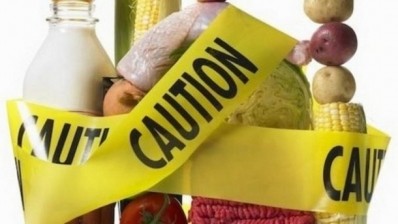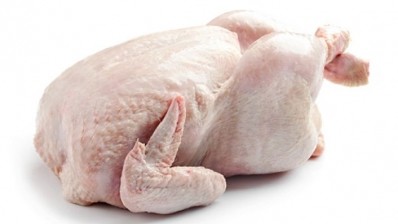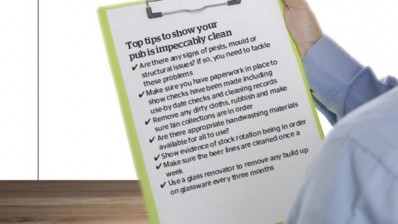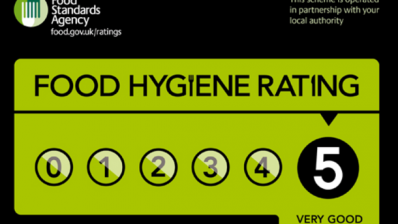How to avoid campylobacter in pub kitchens
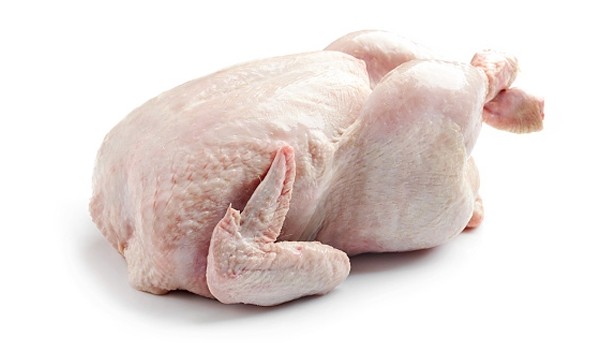
This news comes after the Food Standards Agency (FSA) published results of a survey of campylobacter on fresh shop-bought UK-produced chickens.
The figures revealed that, on average, 6.5% of chickens tested positive for the highest level of contamination, carrying more than 1,000 colony forming units per gram – this was down from 9.3% for the same period last year.
British Hospitality Association (BHA) food safety adviser Lisa Ackerley revealed the top tips on how operators can ensure there is a minimal risk of the food contaminant.
She said: “Campylobacter is the biggest cause of bacterial gastrointestinal infection in the UK.
“While it is good news that the latest FSA survey shows that numbers of whole retail chickens contaminated with the organism is on the decline, there is some way to go."
“As campylobacter is infectious in very low doses, is it essential we are not complacent over the improved situation because there is still a high proportion of birds with some contamination (48.8% of all whole retail fresh chickens)."
Top tips
Ackerley added it is essential that everyone takes precautions to ensure that chicken does not cause illness, so for caterers, the following may be helpful:
- Prepare raw chickens in areas away from preparation of ready-to-eat foods such as salad items.
- If possible, wear a plastic disposable apron when preparing raw meat and chicken so you don’t contaminate foods later in the day.
- Never wash chicken because it will contaminate the sink and everything around the sink.
- Wash hands thoroughly after handling chicken so you don’t contaminate areas of hand contact surfaces, such as bin handles (foot-operated bins are best).
- Cook chicken until it is 75°C all the way through.
- Store raw chicken in the fridge below other foods and do not touch ready-to-eat foods.
- Wash your hands after handling packets of raw chicken – the packaging may be contaminated with campylobacter.
- If making dishes such as chicken liver parfait, use the bain marie method to ensure it is cooked all the way through to 75°C.
- Remember others foods may have campylobacter such as raw liver (pig or calf) so they need to be cooked thoroughly too.
The data from the FSA was the second set of results from the its annual retail survey, based on tests of 1,051 whole fresh chickens sampled during January to March this year.
The latest statistics from the survey also found that the figure for high-level campylobacter prevalence among the nine named retailers was 5% (compared to 7.8% in January to March 2016).
Almost half (48.8%) of chicken skin samples tested positive for campylobacter at any level, compared to 50%, which tested positive in the same period last year.
FSA chairman Heather Hancock lauded the efforts of retailers and processors getting to grips with campylobacter.
She said: “The results give us a clear picture of the positive direction in which we are heading, and help us measure the impact of interventions that are being used to reduce contamination."
Real and lasting reductions
However, Hancock also said while the results were reassuring, she urged small businesses to progress further, to achieve "real and lasting reductions".
She added: “The results for the first five months of our third retail survey (published in March 2017) showed that 7% of chickens tested positive for the highest level of contamination, down from 12% for the same period in 2015 and 20% in 2014.
"This improvement in the highest levels of contamination is mirrored by the decrease in the number of human cases – an estimated 100,000 fewer cases of campylobacter in 2016.
“The results met the aims agreed by the FSA board to reduce the number of people getting ill from the food poisoning.
“The reduction was estimated to lead to a direct saving to the economy over more than £13m in terms of fewer days off work and NHS costs.”
